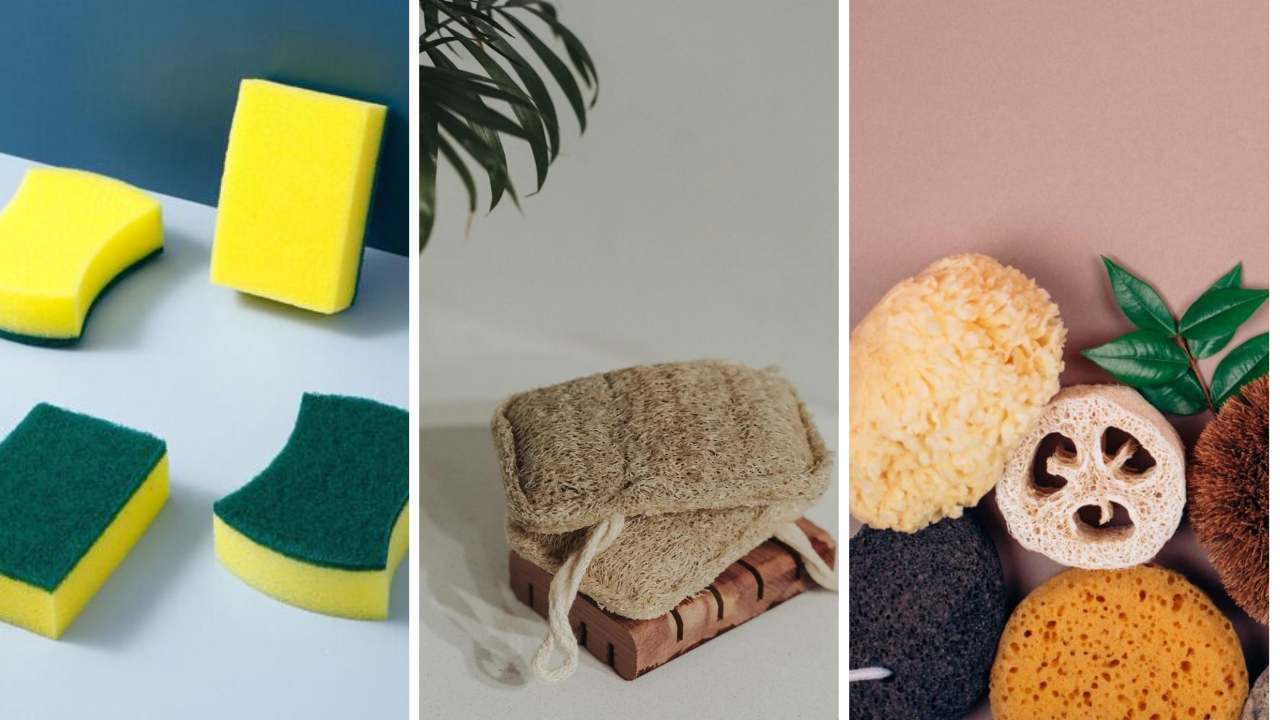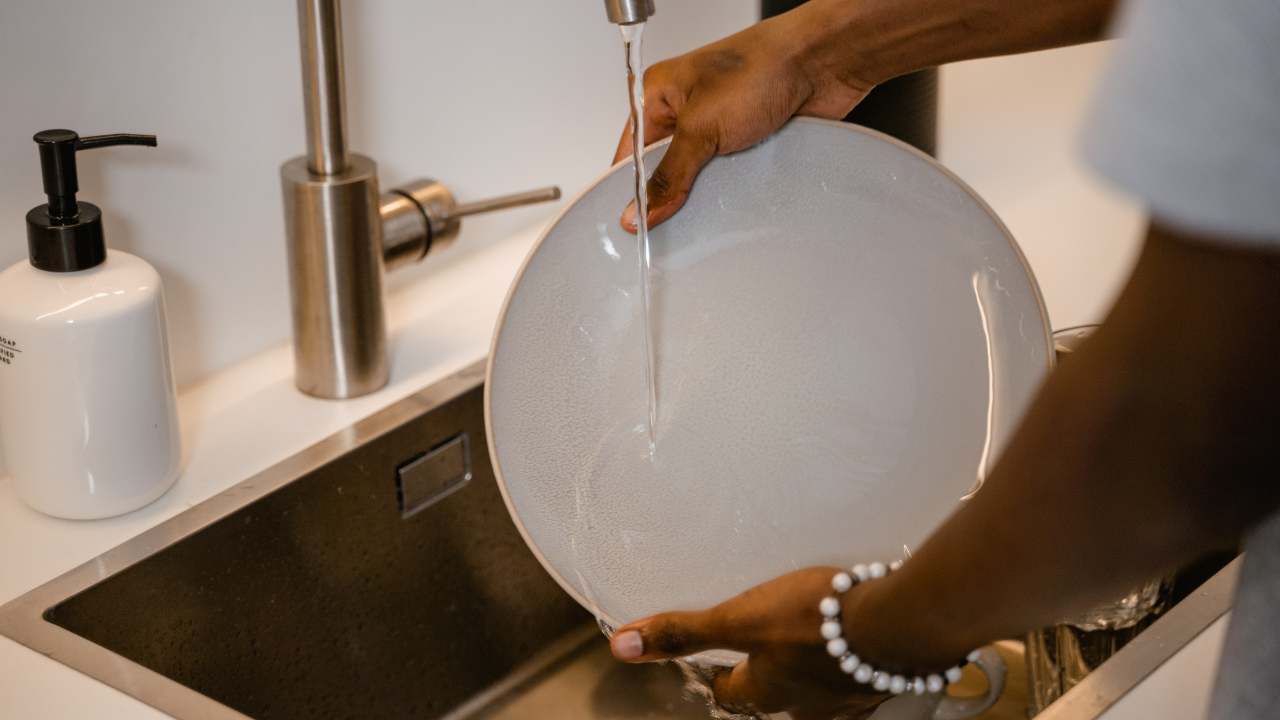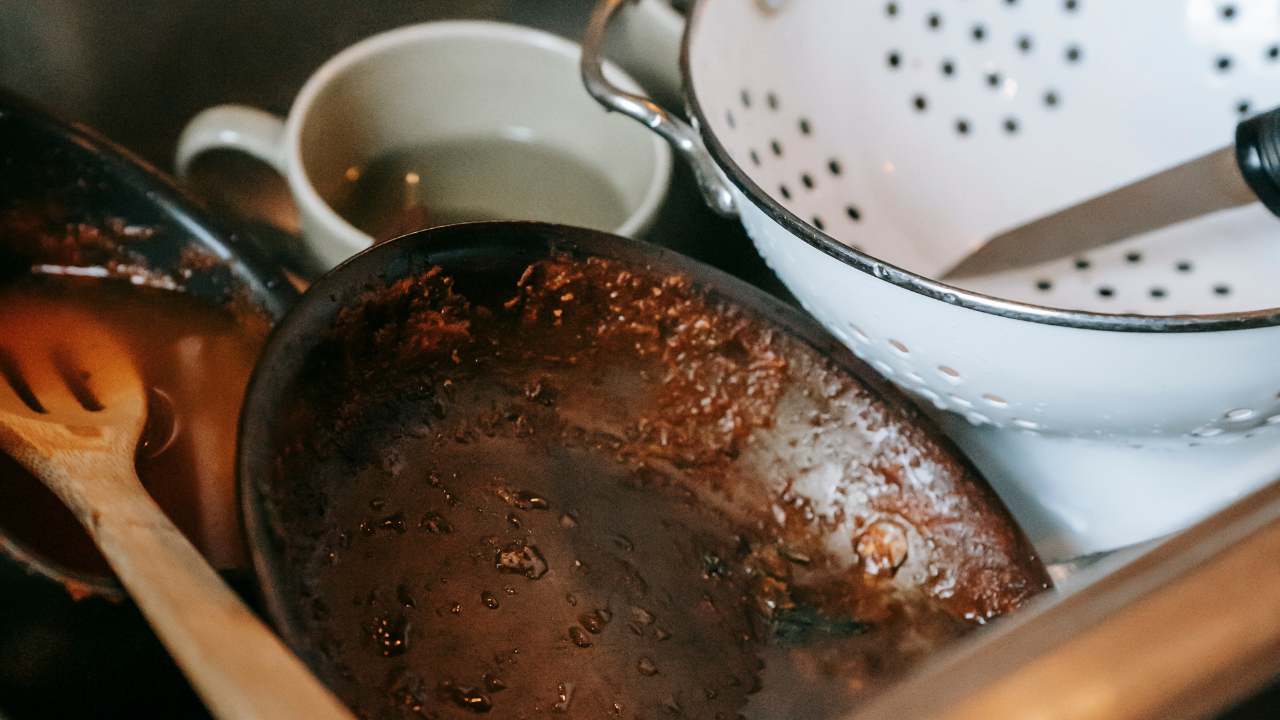What Kind of Sponge is Best for Dishes? Get The Complete Scoop
From synthetic sponges to natural ones, learn what kind of sponge is best for dishes and why it's important for you to choose the right one.

Cleaning dishes is a daily chore that everyone has to face. While some find it therapeutic, others see it as a task to be accomplished as quickly as possible.
Regardless of which category you fall under, one of the crucial items required for cleaning dishes is a sponge. However, choosing the right dish sponge can be a daunting task as the market is flooded with several options.
So, in this blog, we'll be discussing the different types of sponges available in the market and factors to consider before choosing the perfect one for your dishes.
Factors to Consider Before Choosing a Sponge for Dishwashing
The first factor to consider is the type of material used in making the sponge. Sponges are available in two primary materials - natural and synthetic, each with its advantages and disadvantages.

Synthetic sponges are made of polyester or polyurethane, while natural sponges are harvested from the ocean or grown commercially. Synthetic sponges are strong, durable and can easily be shaped. They are also resistant to bacteria and mildew growth.
On the other hand, natural sponges are softer, more absorbent and biodegradable.
The second factor is texture of the sponge. Sponges come in a variety of textures, such as scouring pads, mesh sponges, cellulose sponges and more. Scouring pads are great for scrubbing tough stains while mesh sponges are perfect for lighter cleaning tasks.
Cellulose sponges have a honeycomb-like texture which makes them highly absorbent and ideal for kitchen cleaning tasks.
Another great option for scrubbing is a dish scrubber that will help get all the gunk off your dishes. Once your dishes are cleaned having a dish drying rack is always an added plus!
Pros and Cons of Different Sponge Materials for Dishwashing
Synthetic sponges are more durable and can withstand heavy use, but they are less absorbent than natural sponges.
On the other hand, natural sponges are highly absorbent, soft, and gentle, making them perfect for cleaning delicate kitchenware.
However, they are less durable and can harbor bacteria when not dried correctly.
Cellulose sponges are a great middle ground between synthetic and natural sponges. They are more durable than natural sponges and more absorbent than synthetic ones.
Cotton mesh sponges are also an option, but they aren't as tough as cellulose or natural materials and can wear out quickly.
Regardless of the type of sponge used, it's important to make sure that they are cleaned and dried out thoroughly between uses in order to prevent bacteria growth.
Additionally, sponges can be disinfected with a diluted bleach solution or by boiling them in water. Finally, when the sponge is too worn out to use, it should be disposed of properly.

Scouring Pads vs. Soft Sponges: Which One Is Right for Your Dishes?
Scouring pads are ideal for removing tough stains and grime on surfaces such as baking sheets, pots, and pans. However, they can scratch delicate kitchenware such as glasses and non-stick pans because of their heavy scrubbing fibers.
Softer ones like the scrub daddy sponge, on the other hand, are perfect for cleaning such kitchenware but may not be effective in removing tough stains.
To determine which cleaning tool is right for your dishes, consider the type of dishes you use and their material. If you have delicate kitchenware or non-stick pans, it's best to stick with soft sponges.
Scouring pads might be more suitable for tougher cleaning tasks like baking sheets, pots and pans.
Multi purpose scrub sponges have an abrasive sponge on one side for scrubbing power and soft side to help clean dirty dishes no matter how tough.

Are Natural Sponges Better for Dishwashing Than Synthetic Ones?
Both synthetic and natural sponges have their unique advantages and disadvantages, and choosing one depends on your personal preference and the dishes you're cleaning.
While natural sponges are eco-friendly and gentle, synthetic sponges are durable and can withstand heavy use.
Natural sponges are often more expensive than synthetic sponges, but they are highly absorbent and biodegradable. Natural sponges can be used on delicate surfaces or fine china without scratching them, and their texture is gentle enough to use on hands and skin.
However, natural sponges don't last long, and they need to be replaced more often than synthetic sponges.
Synthetic sponges are usually cheaper than natural ones, making them a budget-friendly option for dishwashing. They are also highly durable and can withstand tough scrubbing without deteriorating quickly. Synthetic sponges often have an abrasive texture and are able to withstand odor causing bacteria better then their natural counterparts.
Microfiber sponges are known to be gentler than most synthetic sponges, but they require more maintenance since they need to be washed with hot water after every use. They are a good option for your nonstick cookware to avoid scratching.
How to Clean and Maintain Your Dishwashing Sponge Properly
It's essential to clean your sponge thoroughly after every use and replace it regularly to avoid harboring bacteria. Rinse it with warm water and soap, and then dry it thoroughly after each use.
You can also sanitize your sponge by microwaving it or boiling it in water for a few minutes. To extend the life of your sponge, make sure it's made of durable materials and that you don't use it with harsh chemicals or abrasive cleaners.
Additionally, try to avoid leaving damp sponges in a sink or on countertops—this can cause bacteria to grow faster.
When to Replace Your Sponge and How Often You Should Do It
Replacing your sponge depends on how frequently you use it and how well you maintain it. A good rule of thumb is to replace your sponge every two to three weeks, or whenever it starts to smell or disintegrate.
If you use your sponge often and don’t clean it regularly, you may need to replace it more frequently. It’s also important to note that some sponges cannot be disinfected and should be replaced more often than others. When in doubt, throw it out!
If your sponge has other uses besides cleaning dishes, such as cleaning surfaces or scrubbing out a pot or pan, you may need to replace it even more frequently. It’s also important to note that some kitchen sponges are designed for heavy-duty use and can last up to six weeks, while others will need to be replaced sooner.
Eco-Friendly Options for Sponges that Are Good for Your Dishes and the Environment.
If you're looking for an eco-friendly option for washing dishes, try using plant-based options. These can be made from materials such as a cellulose sponge or wood pulp.
These dish sponges are biodegradable and compostable, making them an eco-friendly option for dishwashing. They are also durable, as they can be used for months before needing to be replaced.
Plant-based sponges are great for scrubbing stubborn food particles and grease from pots and pans.
- Plant-based dish sponges made from materials such as cellulose, agave, and walnut shells which are biodegradable and compostable.
- Sponges made of recycled materials such as plastic bottles, rubber tires and single use paper products.
- Wool dish sponges derived from sheep’s wool that can be used to clean dishes, pans and surfaces.
- Pieces of coral have been used to scour pots for a high abrasive material.

Affects Of Disposable Paper Towel
Using disposable paper towels can have a negative impact on the environment. Paper towels are made from trees, which require energy and resources to produce.
The production of paper towels also releases harmful pollutants into the air. Additionally, paper towels create a lot of waste since they are only used once and then thrown away. This leads to an increase in landfill waste and pollution.
If you are looking for a less wasteful option try a microfiber cloth or a dishcloth. These are reusable, so they last longer and can be washed multiple times. They also don’t require harsh chemicals to clean and dry quickly, making them more efficient than disposable paper towels.
Overall, the best option for your dishes, wallet and the environment is to use a durable dish sponge that can be regularly cleaned.
A microfiber sponge is an excellent choice as it can be reused, washed and dried quickly, and is built to last. It’s also important to replace your sponge regularly to avoid bacteria buildup.
The Best Dish Sponges For You
Choosing the perfect sponge to wash dishes requires understanding the different types and their usage. While the market is flooded with several options like the scrub mommy sponge, it's essential to choose a sponge that's durable, absorbent, and gentle on your delicate kitchenware. Remember to clean and maintain your sponge regularly and replace it when needed to avoid bacterial growth. With the right sponge, dishwashing can be an effortless and enjoyable task.

